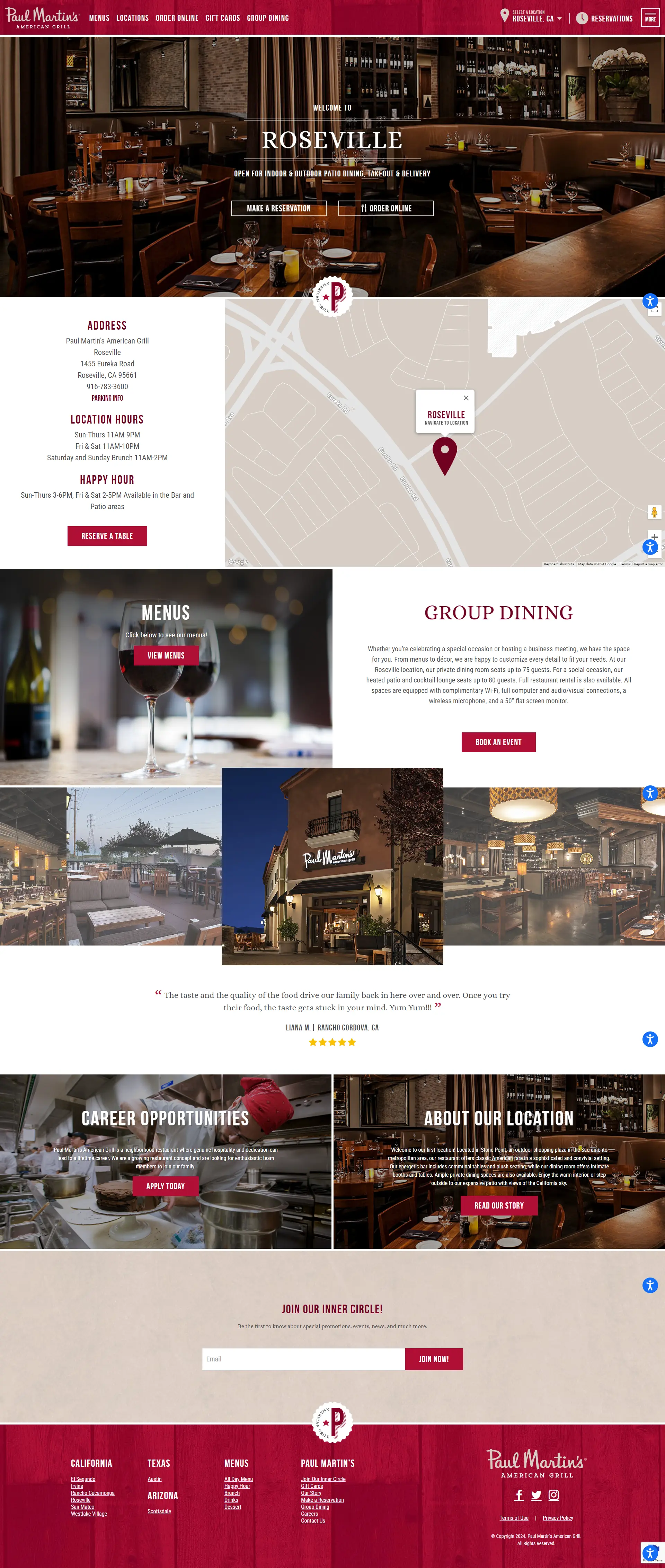These days inclusivity is paramount. Designing an accessible website ensures that all users, regardless of their abilities, can access and interact with your content. It’s not only a matter of ethical responsibility but also a smart business decision.
Website Accessibility Matters
Let’s delve into why accessibility matters:
- Reaching a Wider Audience: By designing for accessibility, you open your website to a larger audience, including people with disabilities, older users, and those with slower internet connections or older devices. This expands your potential customer base and increases your brand’s reach.
- Improved User Experience: Accessible design benefits all users, not just those with disabilities. By prioritizing clear navigation, concise content, and intuitive interactions, you create a website that’s easy for everyone to use and enjoy.
- SEO Benefits: Search engines favor accessible websites, as they provide a better user experience for all visitors. By implementing accessibility best practices, you can improve your search rankings and attract more organic traffic.
- Legal Compliance: In many countries, there are laws and regulations mandating website accessibility. By designing an accessible website, you ensure compliance and avoid potential legal issues.
- Enhanced Brand Image: Demonstrating a commitment to inclusivity fosters a positive brand image and shows that you value all potential customers.
Key principles of accessible website design include:
- Keyboard Navigation: Ensure all elements of your website can be navigated using only a keyboard.
- Alternative Text for Images: Provide descriptive alt text for images, so screen readers can convey their meaning to visually impaired users.
- Captions and Transcripts for Videos: Include captions and transcripts for videos to make them accessible to deaf or hard-of-hearing users.
Color Contrast: Use sufficient color contrast between text and background to ensure readability for users with visual impairments. - Clear and Simple Language: Use plain language and avoid jargon to make your content easy to understand for all users.
Summary
Designing for accessibility requires thoughtful consideration and adherence to best practices, but the benefits far outweigh the effort. By creating an inclusive website, you not only demonstrate social responsibility but also unlock opportunities to reach a wider audience, improve user experience, and boost your online presence.
Next Steps
Ready to make your website accessible to everyone? Book a consultation with us today to discuss your accessibility needs and learn how we can help you create an inclusive online experience.















